How to Enhance Your Home’s Fire and Safety Measures Effectively
In today’s world, ensuring robust Fire and Safety measures in our homes is more critical than ever. According to the National Fire Protection Association (NFPA), U.S. fire departments responded to an estimated 1.3 million fires in 2020, resulting in over $21 billion in property damage. These alarming statistics highlight the urgent need for homeowners to proactively enhance their fire safety protocols.
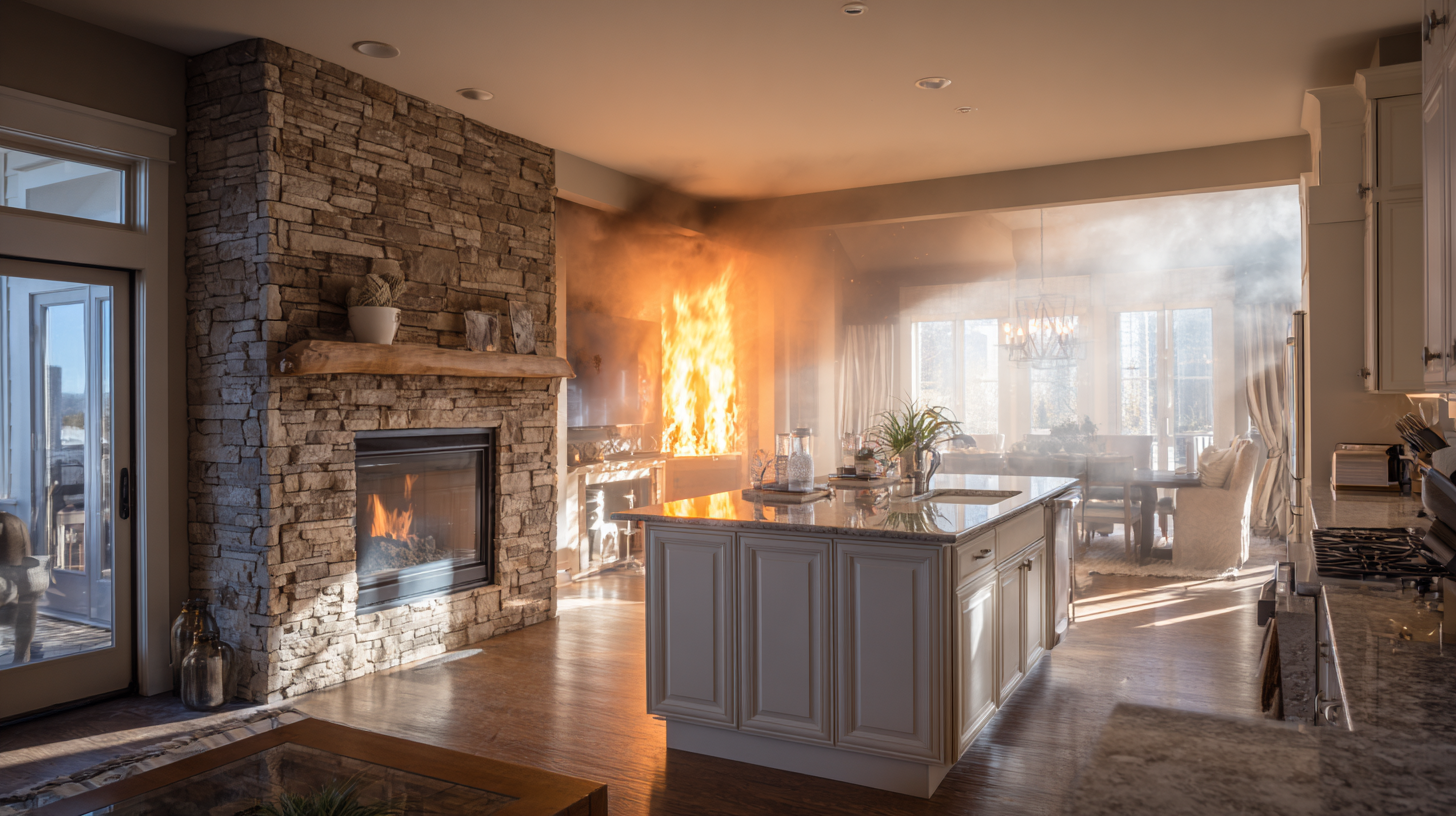
Implementing effective fire safety measures not only protects lives but also safeguards valuable property and minimizes financial loss. Essential strategies include installing smoke alarms, creating an emergency escape plan, and regularly inspecting electrical systems. By adopting these practices, homeowners can significantly reduce the risk of fire incidents, align with industry standards, and promote a safer living environment for their families. This guide will explore practical steps to enhance your home’s Fire and Safety measures effectively.
Assessing Your Home's Current Fire Safety Risks
Assessing your home’s current fire safety risks is a crucial first step in enhancing your fire safety measures. According to the National Fire Protection Association (NFPA), nearly 50,000 house fires occur each year in the United States, resulting in over $7 billion in property damage. This stark statistic emphasizes the importance of identifying potential fire hazards in your home. Begin by inspecting common risk areas such as the kitchen, where cooking equipment is a leading cause of residential fires. Ensure that there are no flammable materials nearby and that smoke alarms are installed and functioning properly.
Additionally, evaluate the presence of fire extinguishers and their accessibility. The NFPA recommends having at least one extinguisher on each floor of your home, especially in high-risk areas like the garage or near the fireplace. Remember to check the expiration dates, as extinguishers typically need to be replaced every 10 to 12 years. Lastly, don’t overlook electrical safety; outdated wiring or overloaded circuits account for a significant percentage of home fires. To mitigate risks, consult with professionals to perform a comprehensive electrical inspection, ensuring that your home is equipped with the latest safety standards.
Implementing Effective Fire Prevention Strategies
Implementing effective fire prevention strategies is crucial to enhancing fire and safety measures in homes. According to the National Fire Protection Association (NFPA), home fires account for 73% of all fire deaths in the United States, highlighting the need for vigilance and preparedness. One key strategy is the installation of smoke alarms; homes with working smoke alarms have a 50% higher chance of surviving a fire incident. Additionally, educating occupants about fire safety protocols can significantly reduce complacency, as studies show that a lack of awareness often leads to slower evacuation times during emergencies.
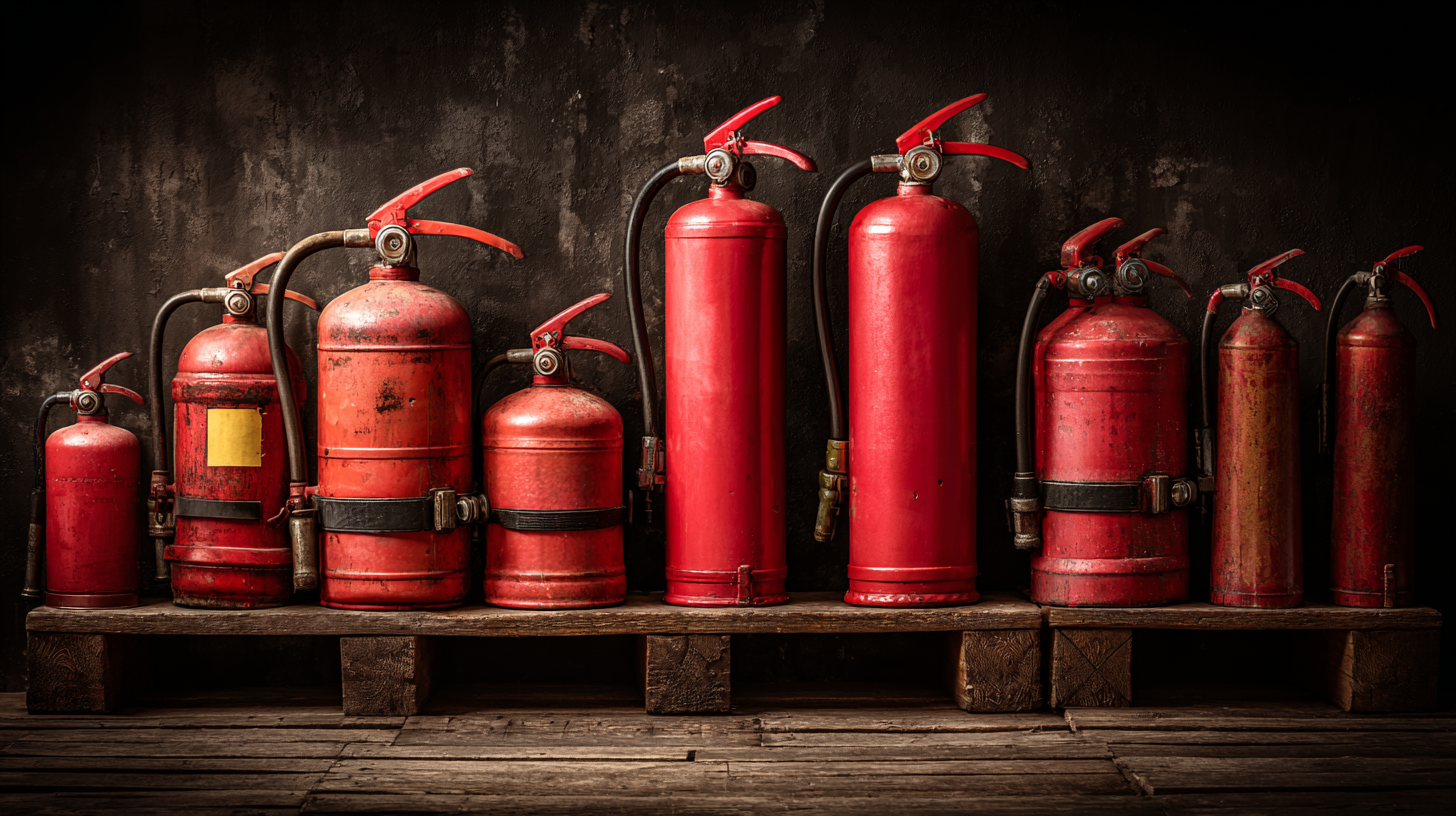
Furthermore, community engagement plays a vital role in fire preparedness. Research indicates that communities actively involved in fire safety initiatives are more resilient when faced with wildfires and other emergencies. For instance, programs that engage local members in developing fire prevention plans have proven effective, as these plans reflect the unique risks and characteristics of each community. Integrating these strategies into daily life not only enhances personal safety but also fosters a culture of proactive fire management, thereby protecting lives and property.
Choosing the Right Smoke and Carbon Monoxide Detectors
When it comes to enhancing fire and safety measures in your home, choosing the right smoke and carbon monoxide detectors is paramount. According to the National Fire Protection Association (NFPA), nearly three of every five home fire deaths occur in homes without smoke alarms or where alarms are not working. This statistic underscores the critical importance of ensuring that your detectors are functioning properly and strategically placed throughout your home.
When selecting smoke detectors, look for models that are UL-certified, as this certification guarantees they meet certain safety standards. Dual-sensor smoke alarms, which use both ionization and photoelectric technologies, have been shown to be more effective in detecting different types of fires—ranging from quick-flaming fires to slow-smoldering ones. As for carbon monoxide detectors, the Consumer Product Safety Commission (CPSC) advises placing them outside of sleeping areas and on every level of your home to maximize safety, especially since carbon monoxide is a silent killer that can be incredibly dangerous in enclosed spaces. A recent report by the CPSC indicates that non-functioning carbon monoxide alarms contributed to more than 50% of related fatalities, emphasizing the importance of regular maintenance and periodic testing of these life-saving devices.
How to Enhance Your Home’s Fire and Safety Measures Effectively - Choosing the Right Smoke and Carbon Monoxide Detectors
| Detector Type | Power Source | Key Features | Lifespan | Price Range |
|---|---|---|---|---|
| Ionization Smoke Detector | Battery or Hardwired | Fast response to flaming fires | 5-10 years | $20 - $50 |
| Photoelectric Smoke Detector | Battery or Hardwired | Better for detecting smoldering fires | 5-10 years | $30 - $60 |
| Combination Smoke and CO Detector | Battery or Hardwired | Detects both smoke and carbon monoxide | 5-7 years | $40 - $100 |
| Smart Smoke Detector | Battery or Hardwired | Mobile notifications, voice alerts | 5-10 years | $100 - $200 |
| Carbon Monoxide Detector | Battery or Hardwired | Detects harmful CO gas | 5-7 years | $30 - $70 |
Developing a Comprehensive Emergency Evacuation Plan
Creating a comprehensive emergency evacuation plan is essential for enhancing your home's fire and safety measures. An effective plan not only prioritizes safety but also ensures that every member of the household knows what to do in case of an emergency. Begin by mapping out all exits in your home, ensuring that they are clearly marked and accessible. Practice regular drills to familiarize your family with the route to safety.
**Tips:** Designate a safe meeting spot outside your home where everyone should gather after evacuation. This not only helps account for all family members but also prevents confusion during a crisis. Ensure that children and elderly family members can navigate the route and understand the importance of staying low to avoid smoke inhalation.
In addition to exit routes, communication is critical. Create a contact list of emergency numbers, including local fire departments, family members, and neighbors. Make sure everyone knows how to use a cell phone or landline in case of an emergency. Regularly review and update the emergency plan based on any changes in your living situation, such as new occupants or renovations, to keep everyone prepared for unexpected situations.
**Tips:** Consider integrating a home safety app or a dedicated emergency alert system to provide real-time updates and instructions during an emergency. This technology can greatly enhance your preparedness and response efficiency.
Conducting Regular Safety Drills and Equipment Maintenance
Conducting regular safety drills and equipment maintenance is essential for enhancing your home’s fire and safety measures. Safety drills prepare everyone in your household for potential emergencies, ensuring that everyone knows what to do and where to go. These drills should be varied in scenarios—such as fire, earthquake, or flood—to familiarize all family members with the appropriate responses. Aim to conduct these drills at least twice a year to maintain readiness and reinforce safety protocols.
Tips for effective safety drills include setting a specific date and time to simulate an actual emergency. Use a timer to mimic urgency, and encourage family members to react quickly. After each drill, gather for a debriefing to discuss what went well and what could be improved. Additionally, ensure that your home’s safety equipment, such as smoke detectors and fire extinguishers, are regularly maintained.
Check smoke detectors monthly and replace batteries at least once a year. For fire extinguishers, inspect them for any signs of damage and ensure they are easily accessible and properly charged. Keep a maintenance log to track when equipment was last checked, which can help remind you of upcoming maintenance needs. Regularly addressing these elements helps create a safer home environment for everyone.
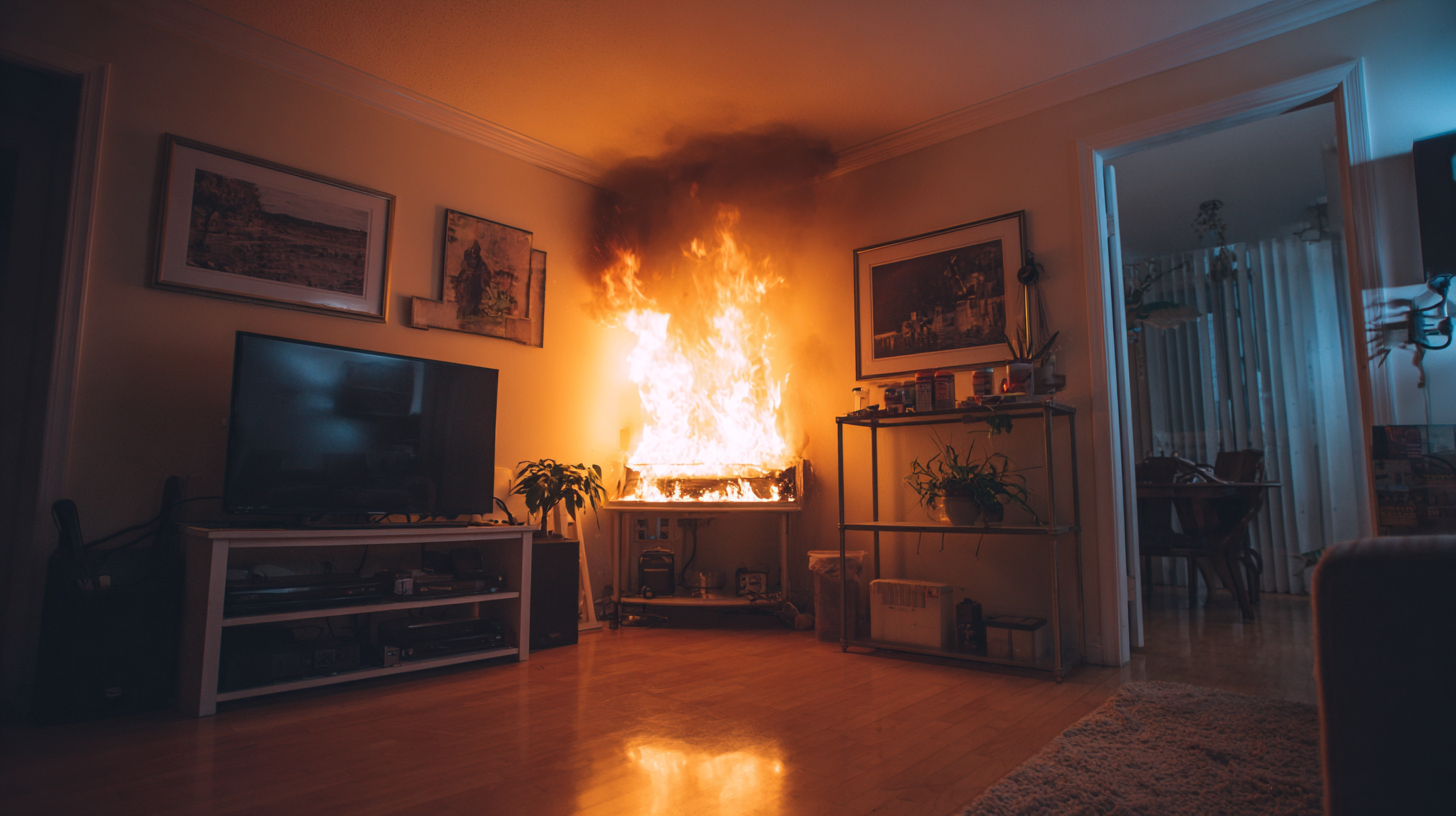
Related Posts
-
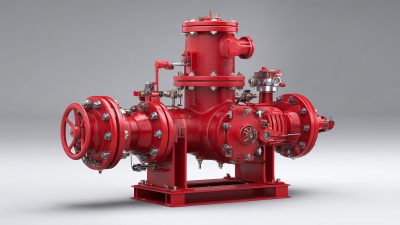
Global Sales of Upgraded Chinese Fire Protection Equipment for Optimal Safety Solutions
-
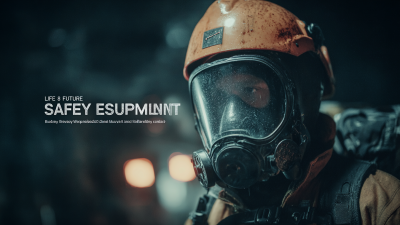
Embracing the Future: How Best Life Safety Equipment Will Transform Workplace Safety by 2025
-
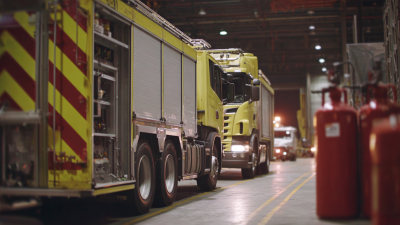
Real-World Applications of the Best Fire Equipment for Global Safety Standards
-
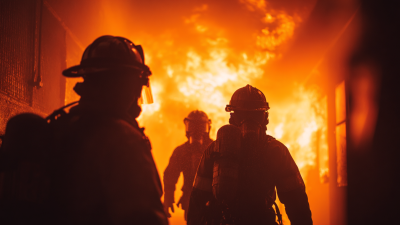
Exploring Innovative Alternatives in Fire Safety Protection Solutions
-

5 Best Fire and Safety Equipment Innovations You Should Know
-

How to Choose the Right Fire Warden Equipment for Your Facility's Safety Needs
